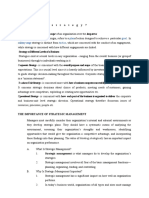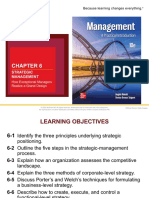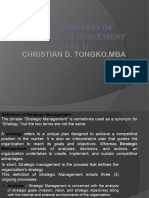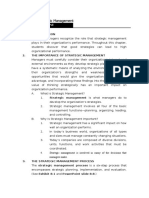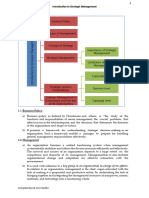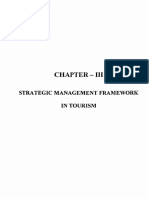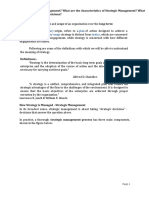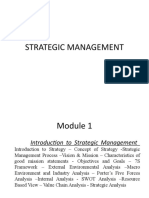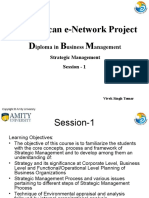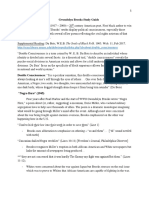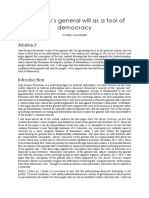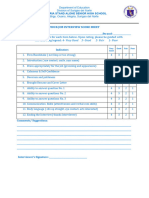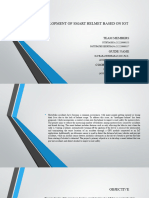0% found this document useful (0 votes)
419 views6 pagesChapter 6 Management A Practical Introduction
Uploaded by
Xenos Playground aka Boxman StudiosCopyright
© © All Rights Reserved
We take content rights seriously. If you suspect this is your content, claim it here.
Available Formats
Download as PDF, TXT or read online on Scribd
0% found this document useful (0 votes)
419 views6 pagesChapter 6 Management A Practical Introduction
Uploaded by
Xenos Playground aka Boxman StudiosCopyright
© © All Rights Reserved
We take content rights seriously. If you suspect this is your content, claim it here.
Available Formats
Download as PDF, TXT or read online on Scribd
/ 6

